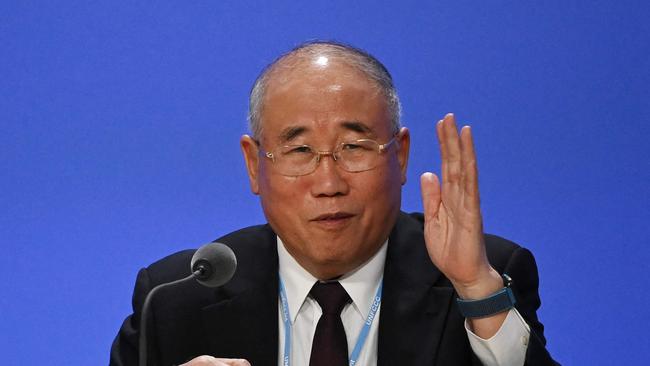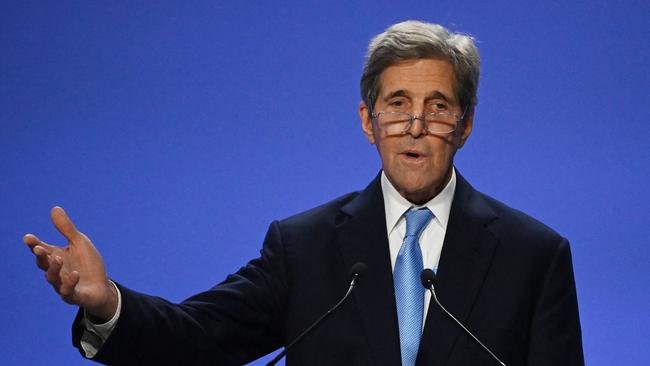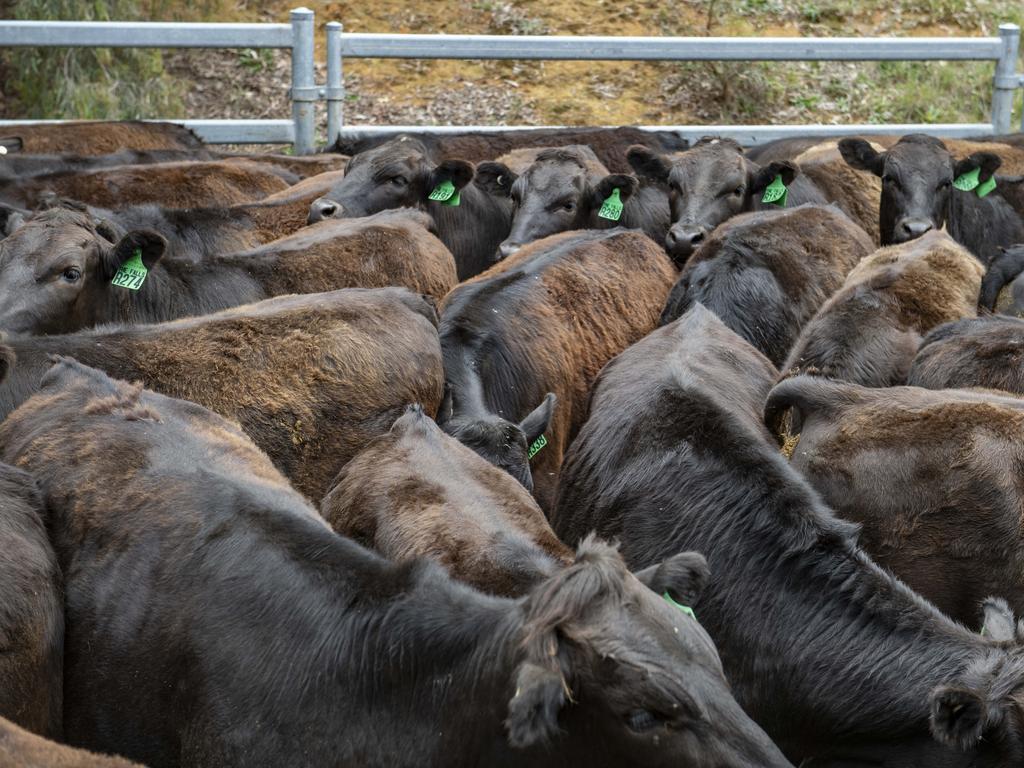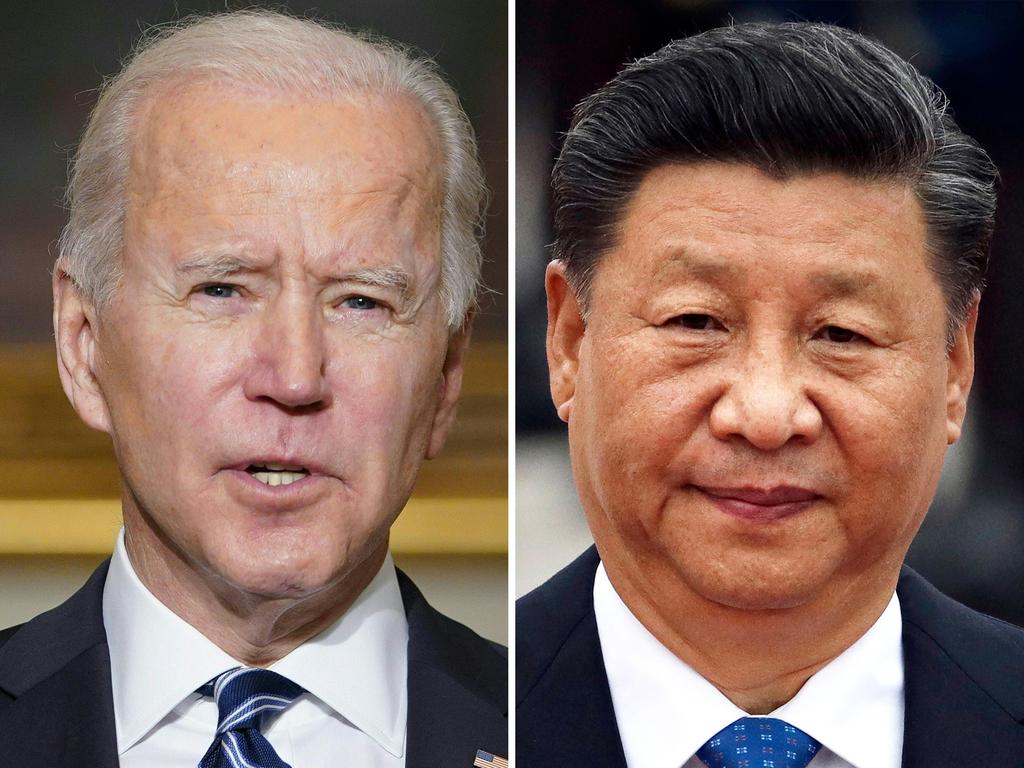
The latest between the US and China, the world’s two largest emitters, is a gem of the genre.
Promising to establish a “Working Group on Enhancing Climate Action in the 2020s” was the only concrete promise in a 1330 word collection of vague, almost verbless, unverifiable “promises”.
The fact the world’s media highlighted a clause to “commit to pursue enhanced climate action” reflects how little the agreement actually said.
“The two sides are intent on seizing this critical moment to engage in expanded individual and combined efforts to accelerate the transition to a global net zero economy” gives you a flavour.
Indeed, of the 16 clauses thrashed out between Joe Biden’s climate tsar John Kerry and his senior Chinese counterpart Xie Zhenhua in Glasgow, four revealed that the two superpowers could “recall” what they agreed in Paris in 2015 and what they said in April this year.
It’s reassuring the world’s two largest bureaucracies can remember what they said a few years and months ago, but dwelling on its suggests there’s not much new to add.

China, whose leader didn’t bother showing up to Glasgow, is yet to take much climate action at all, let alone “enhance” what it’s done so far.
Last year it built the equivalent of one large coal power station a week, and there are another 40 on the drawing board — more than Australia’s entire coal output.
Now it has promised to “phase down” coal by the second half of this decade in the agreement, without saying by how much.
Still, that’s more believable than the US target of 100 per cent carbon dioxide emission-free electricity by 2035, which has precisely zero chance of occurring unless there’s a remarkable technological revolution on the near horizon.
Over 60 per cent of US electricity came from fossil fuels last year.
If the COP26 summit and the new “agreement” between the US and China achieved anything tangible, it’s a new focus on methane, a welcome development everywhere except perhaps New Zealand, which emits by far more methane per capita than any other developed nation owing to its large cow population.
Methane, which makes up around 17 per cent of global greenhouse gas emissions, has a much bigger impact on global warming than carbon dioxide, which has attracted the vast bulk of global attention so far.
The US and China have now agreed to have a meeting about methane in “the first half of 2022”, which will produce another fine example of climate verbiage.
A proper and fair international accounting of all greenhouse gas emission would be a welcome. But don’t expect much help from China, which is likely to be more focused on shoring up its economic and military might than appeasing “net zero” emissions zealots.






As the gap between the reality of rising greenhouse gas emissions and the rhetoric about cutting them becomes ever larger, international climate “agreements” have become ever more farcical.